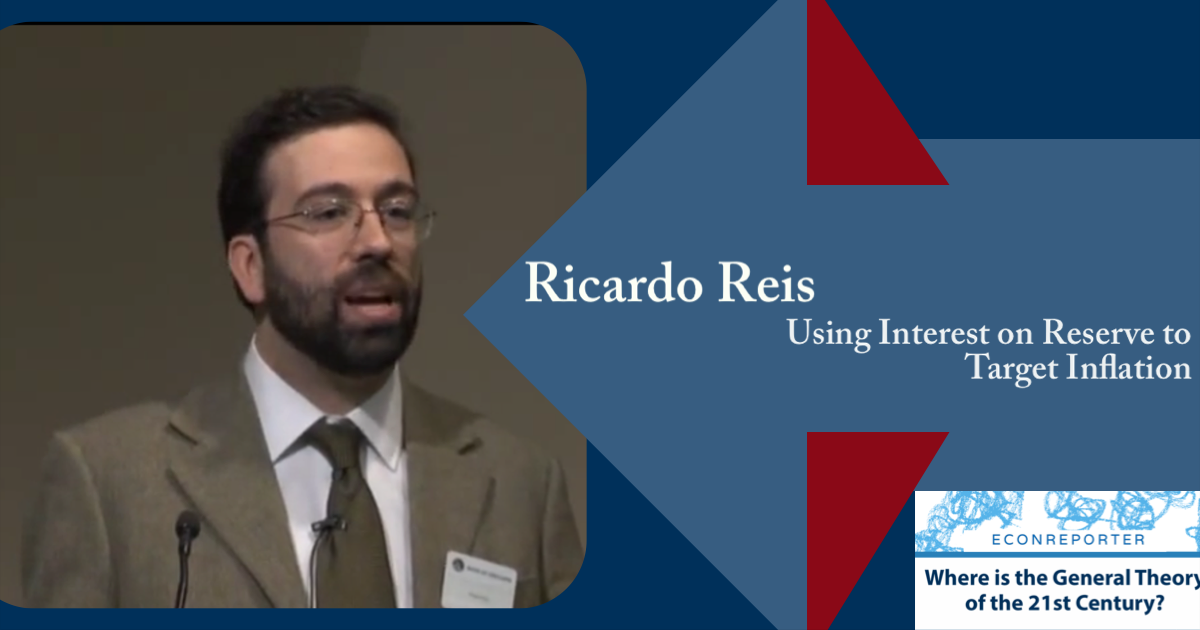Last Updated:
In his latest Brookings blog post “Modifying the Fed’s policy framework: Does a higher inflation target beat negative interest rates?”, Ben Bernanke compares two policy tools central banks can use to stimulate the economy – the hotly discussed idea of Raising Inflation Target and Negative Interest Rate.
The TLDR answer is: Negative Rate is the more attractive option to central banks. The reason: Negative Rate is more flexible tool, while changing inflation target takes a lot of effort and time.
…Negative interest rates are easy to implement. In practice, central banks in Europe and Japan have imposed negative short-term rates by deciding to charge (rather than pay) interest on bank reserves, an action that is clear, concrete, and essentially instantaneous. Experience suggests that the effects of imposing negative rates on reserves also spread fairly quickly to other interest rates and asset prices. Like other central banks, the Fed pays interest on bank reserves and presumably could use a similar approach—essentially charging banks to keep reserves at the Fed—to enforce a negative policy rate.
In contrast, while the Fed could announce at any time that it is raising its inflation target, the announcement would not increase the Fed’s ability to lower the real interest rate unless the public’s inflation expectations changed accordingly…
Bernanke also weight in on the question of “who bear the cost of these two policies?” As Bernanke explains, the cost of Negative Rate would fall mostly on the financial sector, while the cost of a higher inflation target, if popele found it cradible, is mostly as a form of market distortion:
…negative rates can create problems for money market funds, banks, and other financial institutions, costs that would have to be managed if rates remained negative for very long. These concerns are legitimate, since effective transmission of monetary policy requires a properly functioning banking and financial system. For what it’s worth, the effects of negative rates on banks’ net interest margins in Europe appears to have been moderate thus far. There are also means by which central banks can limit the effects of negative rates on bank profits—by charging a negative rate only on a portion of bank reserves, for example, as the Bank of Japan has done.
Higher inflation has costs of its own, of course, including making economic planning more difficult and impeding the functioning of markets. Some recent research suggests that these costs are smaller than we thought, particularly at comparatively modest inflation rates. More work is needed on this issue. Higher inflation may also bring with it financial stability risks, including distortions it creates in tax and accounting systems and the fact that an unexpected increase in inflation would impose capital losses on holders of long-term bonds, including banks, insurance companies, and pension funds…
In terms of potential political risk, Bernanke recognises that both options are unpopular, but negative rate seems to be the lesser evil.
…Both negative rates and a higher inflation target would be politically unpopular, possibly leading to reduced support for the policies of the central bank and for its independence… In the political sphere, the fact that negative rates would be temporary and deployed only during severely adverse economic conditions would be an advantage…In contrast, a higher inflation target would be a permanent, or at least very long-lasting change, not restricted to an emergency; and it would raise questions about the flexibility of the Fed’s legal mandate to achieve price stability…
👀Advertisement👀
All in all, Bernanke thinks that raising inflation target is a policy worth discussing, but it seems to be a lees attractive option compare to the easily available and hugely flexible negative rate policy.
Read the Whole Thing: Modifying the Fed’s policy framework: Does a higher inflation target beat negative interest rates?
EconReporter is an independent journalism project striving to provide top-notch coverage on everything related to economics and the global economy.
💡 Follow us on Bluesky and Substack for our latest updates.💡










